Lucilla Booyzen on Founding SA Fashion Week
South African fashion is in its infancy. Albeit a mighty, sharply attuned infant, it is young, and the natural trajectory of growing up, is to experience growing pains. To be young is to be brimming with possibility, and seizing said possibility is a mantle many have taken up. In writing about fashion in South Africa, I’ve stuck to the suggestion that our youth is our greatest weapon. It means that a blank slate is before us, and we get to decide how to illustrate it. I believe this, fully and wholly, and this month’s Interlude expert is an illuminating embodiment of this sentiment. In 1997, Lucilla Booyzen crossed the threshold of a post-democratic South Africa with a plan; founding South African Fashion Week.
SA Fashion Week has played a critical role in putting structure to an industry that was still figuring itself out. It created a formal platform for designers to be seen, taken seriously, and to build businesses around their work. It was the first time that fashion in South Africa was approached with the clear purpose of creating a collective platform that could assist designers to seed as commercially viable brands and entrepreneurs.
Since then, it has remained one of the few consistent engines driving the growth of the South African fashion industry—building visibility, pushing for commercial sustainability, and carving out space for local talent to be recognised on their own terms. Even as globalisation deadened our garment and textile industries, and changed the face of commerce and consumption rapidly, SA Fashion Week has stayed focused on backing designers and insisting on the value of local work.
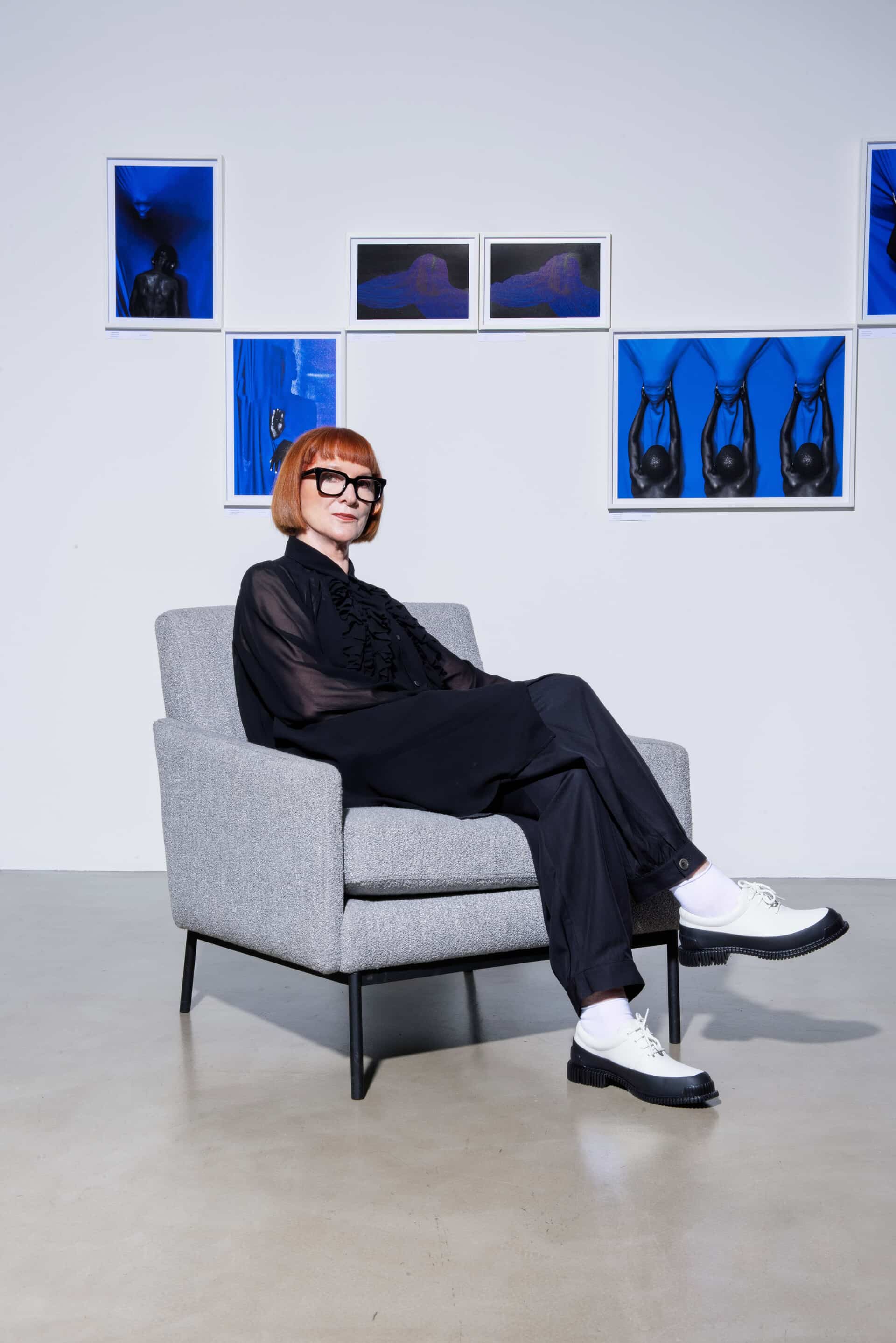
Portrait of Lucilla by Johan Venter

SAFW SS25 Tadi Wa Nashe photographed by Eunice Driver
As I write this, SA Fashion Week is hosting its SS25 showcase in Joburg, approaching nearly 30 years as a backbone of the local fashion industry. Fashion is not an easy industry, and we don’t have the government buy-in that we should, or that so many designers we speak to on CEC have emphatically recognised as one of the biggest missing gaps in building a sustainable fashion economy. It is also important to note that, for many of the prizes and residencies such as LVMH and International Woolmark Prize internationally, global platforms tend to require some kind of formal showcase as part of a brand’s background in order to qualify. Suffice to say, whether you’re a fashion non-conformist or part of the changing face of fashion itself, local fashion weeks are critical. Lucilla is South African fashion’s fairy godmother in this respect.
When Lucilla talks about the early days of South African fashion, the landscape was a very different place. “In the 80s and early 90s, fashion in South Africa was mostly entertainment-driven,” she reminisces. Brands and magazines hosted shows, and producers like Lucilla were tasked with putting on a spectacle—creating concepts, sourcing venues, and building the entire event experience. “I did the Cameo Stocking Shows for ten years, which were incredible, and I worked internationally, traveling with South African buyers to Europe, the U.S. and the East.”
It was on these international buying trips—which Lucilla calls the ‘fashion train’ through cities like London, Paris, Milan, and Berlin—that the seed for South African Fashion Week was planted. “It was during one of these trips that I had a realisation that we didn’t have a formal platform in South Africa where designers could choose to show their work,” she says. “Producers were choosing the designers for shows—those who made us look good, to be honest, and I’ve always had a deep sensitivity to the idea of being chosen versus choosing for yourself. Designers had no agency, no marketing platform of their own. That needed to change.”
“By 1997, I knew the time had come,” Lucillla muses, on taking the leap, “I remember the moment clearly—it was February, and I felt this absolute clarity. I went straight to a friend who was working in PR and said, ‘We’re starting a fashion week.’ And that was it. South African Fashion Week was born. Twenty-seven years ago.” Lucilla’s background is in education, she tells me, and her experience as a high school teacher is the foundation upon which SA Fashion Week was born. Passing through her eyes and hands, many designers have found a home to test out who they’re becoming; “I am still a teacher. I believe deeply in transferring knowledge and exposing people to the inner workings—the secrets—of an industry. Every industry has its secrets, and fashion is no exception.”
The 90s was a transformative decade for fashion globally, marked by the rapid rise of international retail giants. The internet was beginning to shape how we viewed commerce, with online shopping just on the horizon. In the fashion world, globalisation was starting to take hold—retailers and fast fashion were expanding into new markets at an unprecedented rate, on this Lucilla notes that “the more I travelled and immersed myself in global fashion, the more I realised how far we had to go. I saw the rise of international fast fashion—Zara moving out of Spain, Uniqlo out of Japan and H&M out of Sweden—and I knew it was just a matter of time before these giants arrived in South Africa.” This shift presented a clear challenge, as Lucilla saw it— that South African designers, who had largely operated in a more insular local market, needed to compete with the international brands that were inevitably making their way to South Africa, “our designers needed to be ready. We needed to build them up before they were pushed out.”
The apartheid regime was oppressive in innumerable ways; one among them was just how isolated South Africa had been from the rest of the world. This scar, and the lingering sense of disconnection it created, meant that the country’s industries—fashion included—were largely cut off from global knowledge and networks. This isolation left South Africa politically and socially fractured, and economically and creatively stunted, with much of the world’s cultural exchange bypassing the country. “When I started inviting international buyers and fashion insiders to South Africa, I told them, ‘Don’t just tell me we’re amazing. Tell me what’s wrong—what’s holding us back.’” Lucilla notes on her determination to make South Africa’s fashion scene competitive on a global scale, and she knew that the honest truth—however uncomfortable—was essential. “Across two or three seasons, the feedback was consistent: garments weren’t being cut to international blocks, which meant they couldn’t be ordered, graded, or sold at scale. Designers didn’t know how to price their work or sell internationally. They just hadn’t been exposed to those systems.”
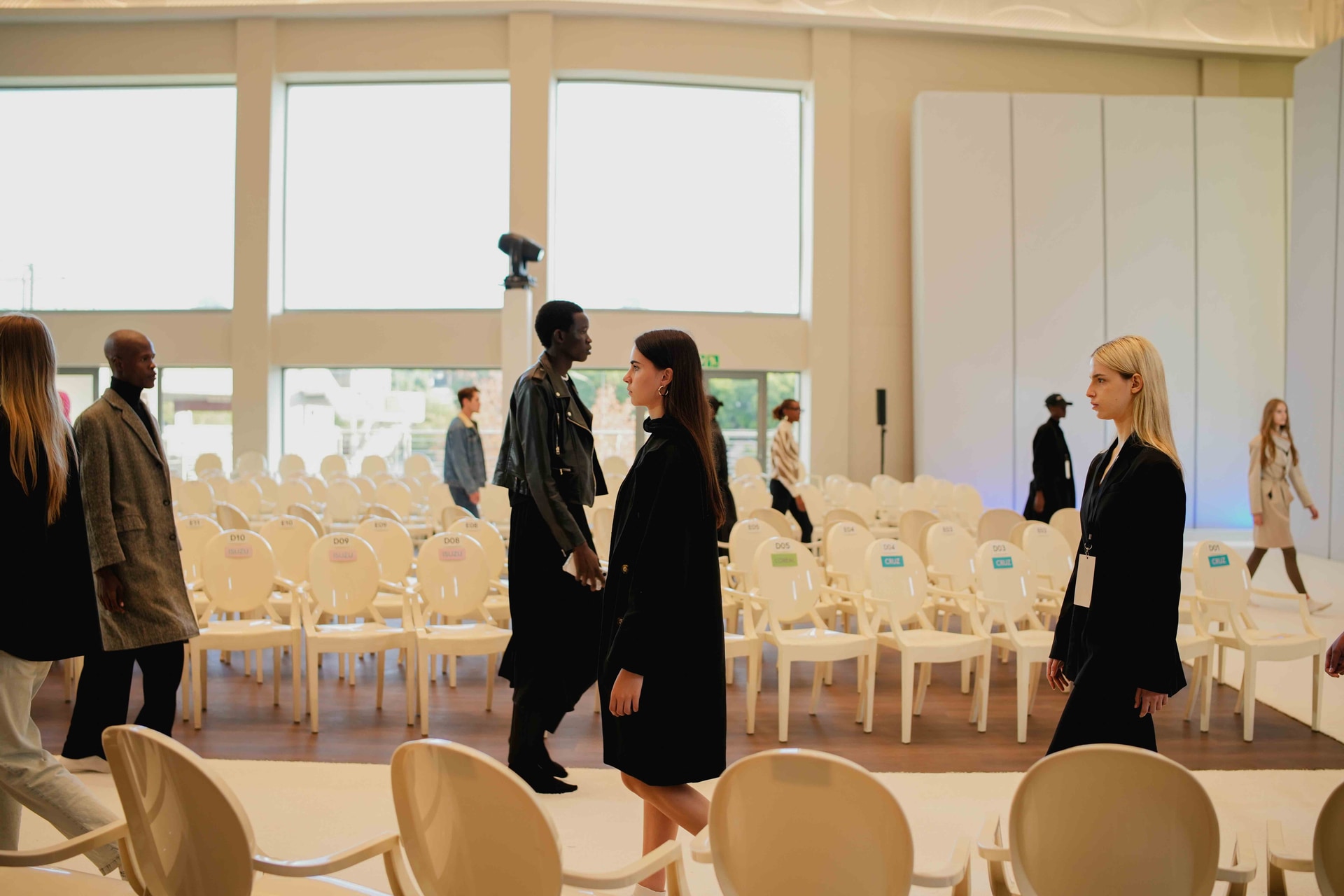
SAFW SS25 DAY 1 Photographed by Pierre Van Vuuren
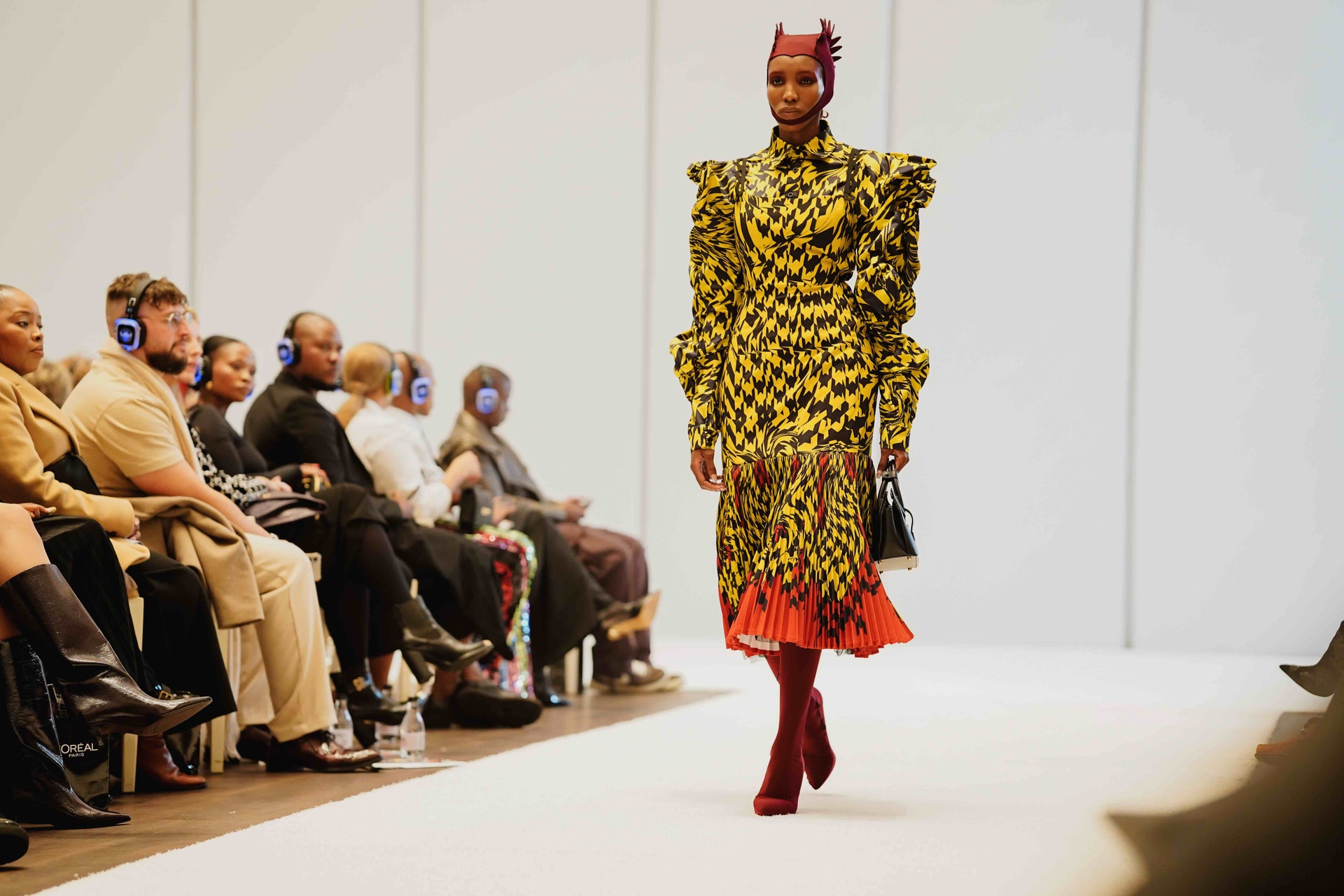
SAFW SS25 DAY 1 Photographed by Pierre Van Vuuren
This was a wake-up call for Lucilla, demonstrating the talent was there, but the technical and commercial knowledge was lagging. “So I started bringing in people to train them,” Lucilla continues. “One of the first was a woman named Marie, a French aeronautical engineer who later studied fashion. She came to South Africa and spent ten days training 15 designers—and I invited fashion lecturers too, because they also needed that knowledge. It was transformative.”
One of South African fashion’s biggest challenges in its early days was fabrication. Lucilla recalls, “Designers would go to places like Oriental Plaza in Johannesburg or similar outlets in Cape Town, buying fabrics imported from who knows where—China, India—there was no consistency. They’d take orders and then realise they couldn’t deliver because the fabric wasn’t repeatable. And the quality just wasn’t there. You can’t build a luxury business on that kind of instability.” While more established designers in the luxury space had access to better materials, younger, emerging designers struggled to source quality fabrics or tap into reliable supply chains. “So we pivoted. We started telling them, ‘Print your own fabrics.’ The moment you decide to create your own print, you have to tap into something deeper. You can’t just copy a Japanese motif—you have to ask yourself, ‘What is my story? What am I reflecting on?’ It forces you to connect to your culture, your design soul. It’s unavoidable.”
“That was the beginning of what has become one of our greatest strengths,” Lucilla emphasises, and “designers like Thebe Magugu, who showed with us for a few seasons, began developing their own prints. Sindiso Khumalo, who started purely as a textile designer, created this incredibly strong print language before moving into full collections. Then Rich Mnisi started printing, followed by names like Mmuso Maxwell and Lukhanyo Mdingi—each one slowly building their own aesthetic vocabulary.” Lucilla believes South African fashion’s explicit vision of self-determining fabrication shift is part of what caught the international gaze now so firmly set upon South Africa, “we even brought out VideoFashion, a global industry channel that would broadcast our collections to buyers around the world. It made the world sit up a little and say, ‘What’s happening in South Africa?’ That said, even today, the barriers are challenging. We lack access to consistent supply chains and there are weaknesses within the broader fashion value chain. Those are still the things holding designers back from selling internationally at scale.”
Perhaps Lucilla, and consequently South African Fashion Week’s greatest purpose is driving the commercial viability of fashion and its economic impact. As Lucilla puts it, “It’s incredibly difficult to turn talent into money. That, for me, is the biggest challenge.” She recognised early on that while South Africa was bursting with raw talent, transforming that into a sustainable business model was no easy feat. Still, some three decades later, this challenge remains.
Lucilla has always maintained that for South Africa to compete with global fashion capitals, the country must embrace a designer-led industry. “Everyone’s on their own little mission. Until the powers understand that we need a designer-led industry in this country, we will never reach the levels of the European, American, or even Asian markets,” she asserts. “You can only build your identity and culture through design—across all the arts.” This ethos is particularly evident in her thoughts on manufacturing and its relationship to brand value, to which she notes that “There’s this constant argument: let’s put millions behind manufacturing. But manufacturing can be done cheaper elsewhere. If it’s designer-led—say it’s a Naked Ape shirt—there’s an emotion linked to it. That changes the price. You’re not buying a shirt. You’re buying a South African emotion.” For Lucilla, the future of South African fashion lies in the ability to merge creativity with a strong business foundation, giving local talent the platform and support to thrive and ultimately: a robust, fulfilling creative economy that changes lives.
I ask Lucilla about how the platform has evolved over the years, and where she sees South African Fashion Week heading in the future, “we’ve narrowed down our platform this season. In the past, we were open to new designers using the platform. Now, we’re focusing on the designers who are making money—those who understand that we’re a marketing platform, not a sales generator. Our role is to create awareness and the designers must learn alongside us as to how to turn that into business.” By refining the scope of the platform, she believes that designers who are truly ready to approach their work as a business-led career, will benefit from the visibility South African Fashion Week provides. As she puts it, “Fashion Week is a launchpad. It’s not the end point. The designers who truly succeed understand the importance of using that exposure to push their business forward.”
I don’t have to wax lyrical about the promise of South African fashion. If you’re reading this, you invariably know it and experience it yourself. Fashion is as much a fantastical dream, as it is a nuts-and-bolts machine that demands much of those who ascend its stairs. Lucilla’s view, grounded in realism, is clarified by her deep commitment to South African fashion. The future is something she believes in, but it’s one that requires both creativity and discipline. When I ask Lucilla what makes South Africa so compelling to her, bias aside, she responds, “One thing that makes us unique in South Africa is our diversity—culturally, aesthetically, creatively. We’ve always had a strong educational base, and we are all learning together. We’re connected to over 24 fashion schools across the country. There’s this incredible loyalty from families too, that I’ve seen. If a child wants to study fashion, they can get full support. That’s powerful.”
This is the foundation upon which the future of South African fashion is being built—an industry that is rooted in diversity and a commitment to learning and growth.
The future of fashion in South Africa? Support, education, and the unity of vision.
Written by Holly Bell Beaton
For more news, visit the Connect Everything Collective homepage www.ceconline.co.za

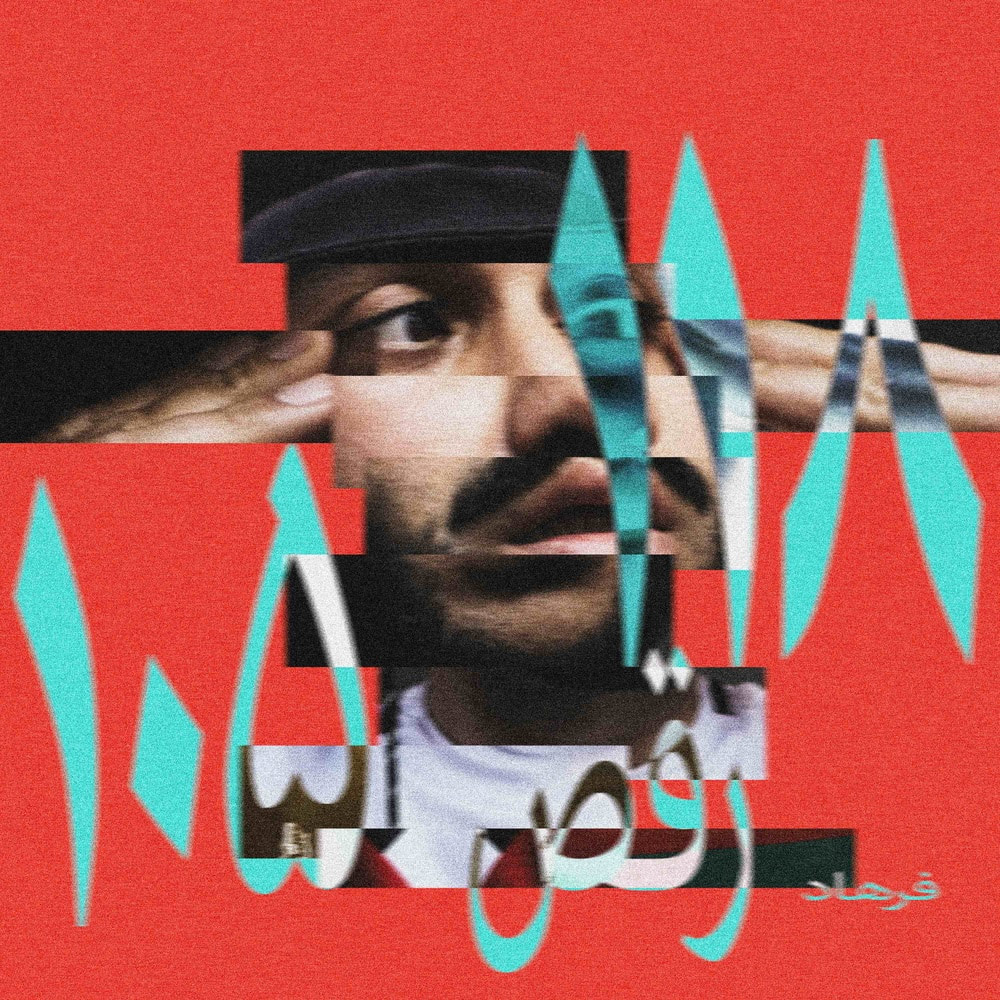
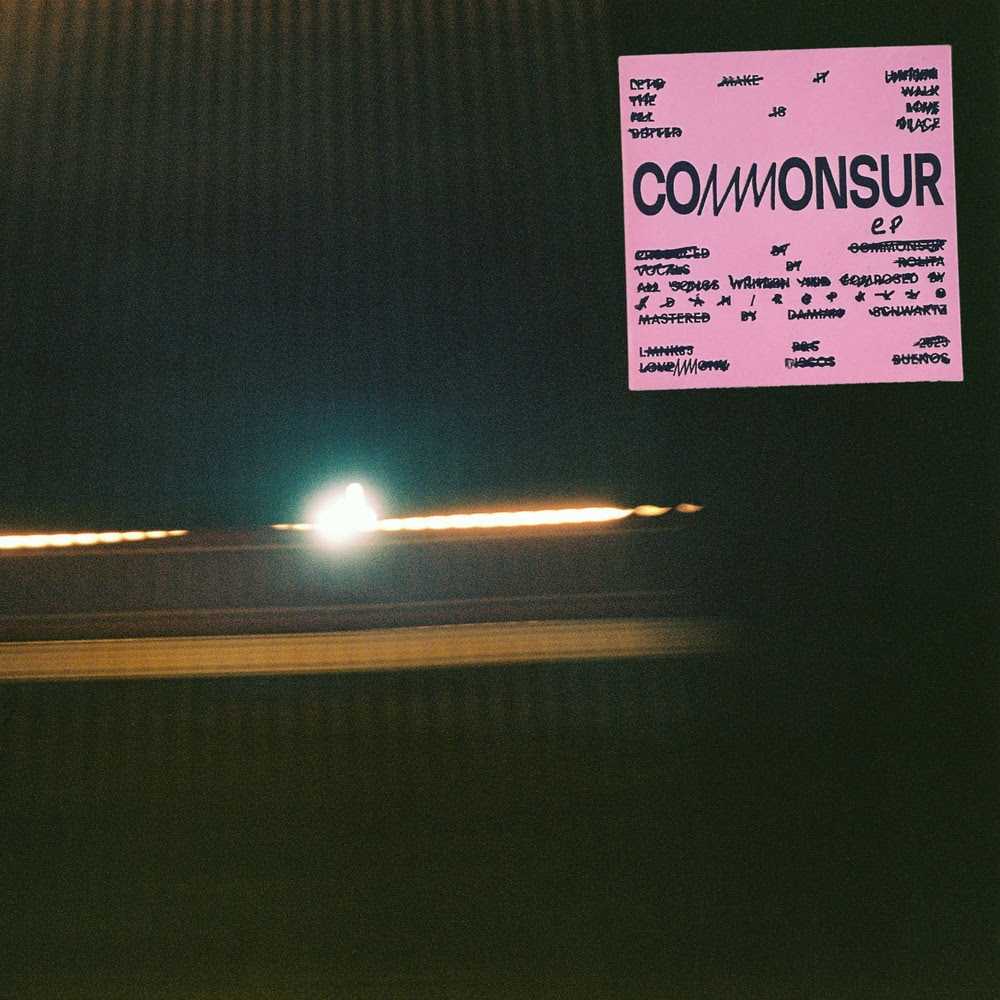
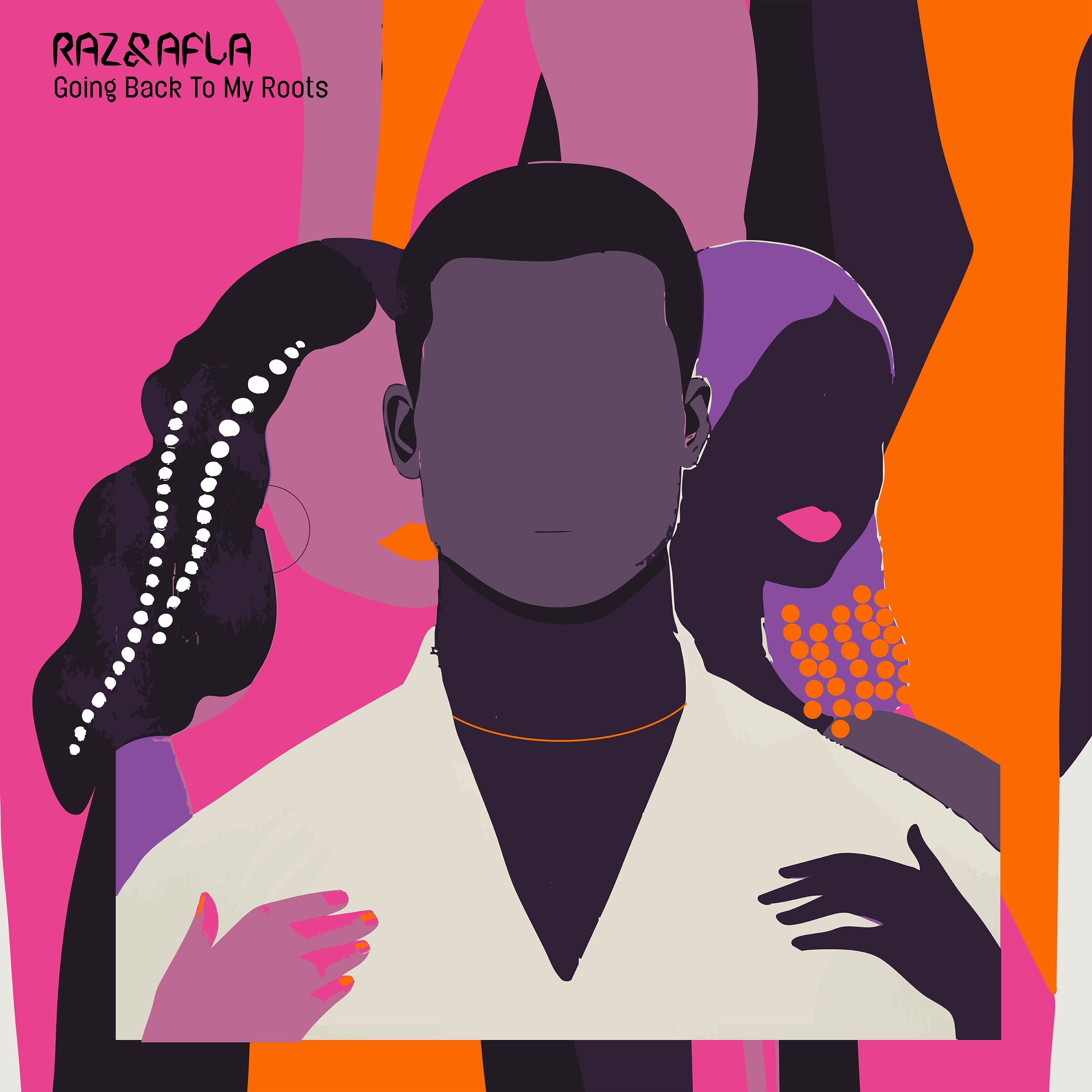
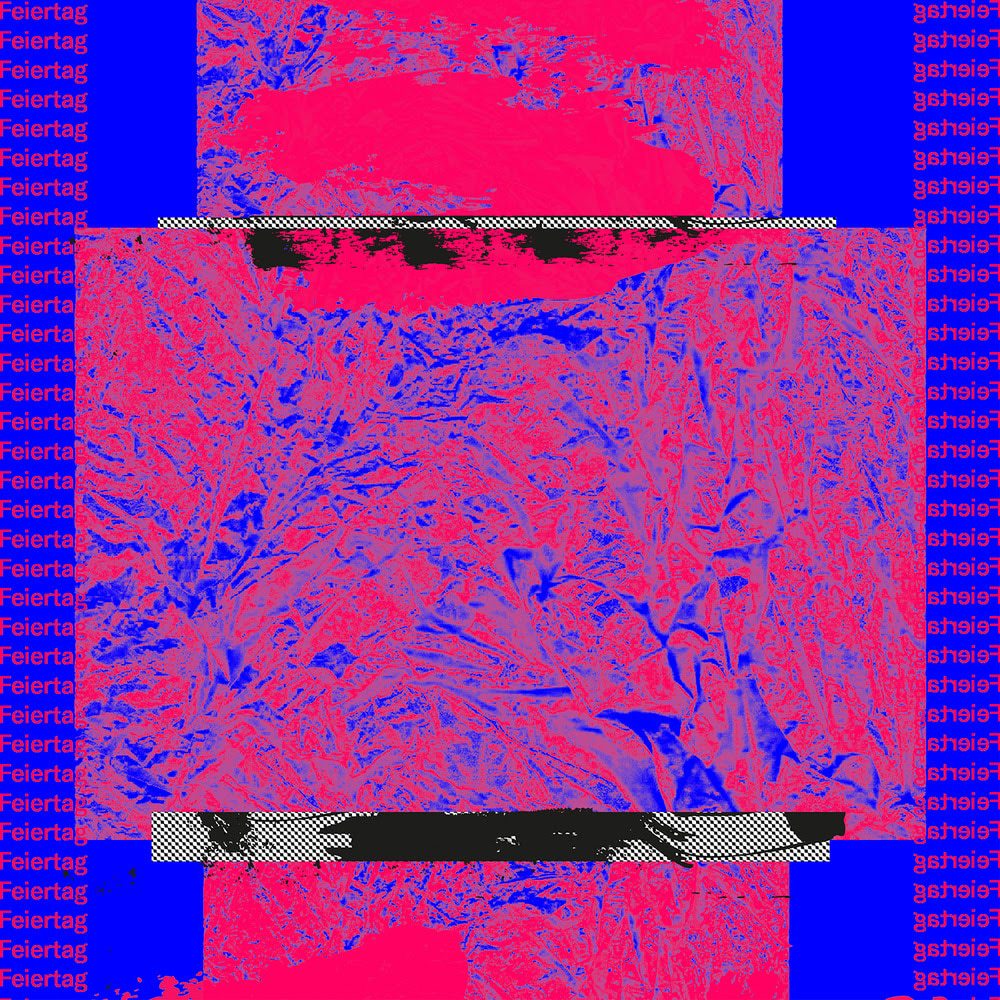

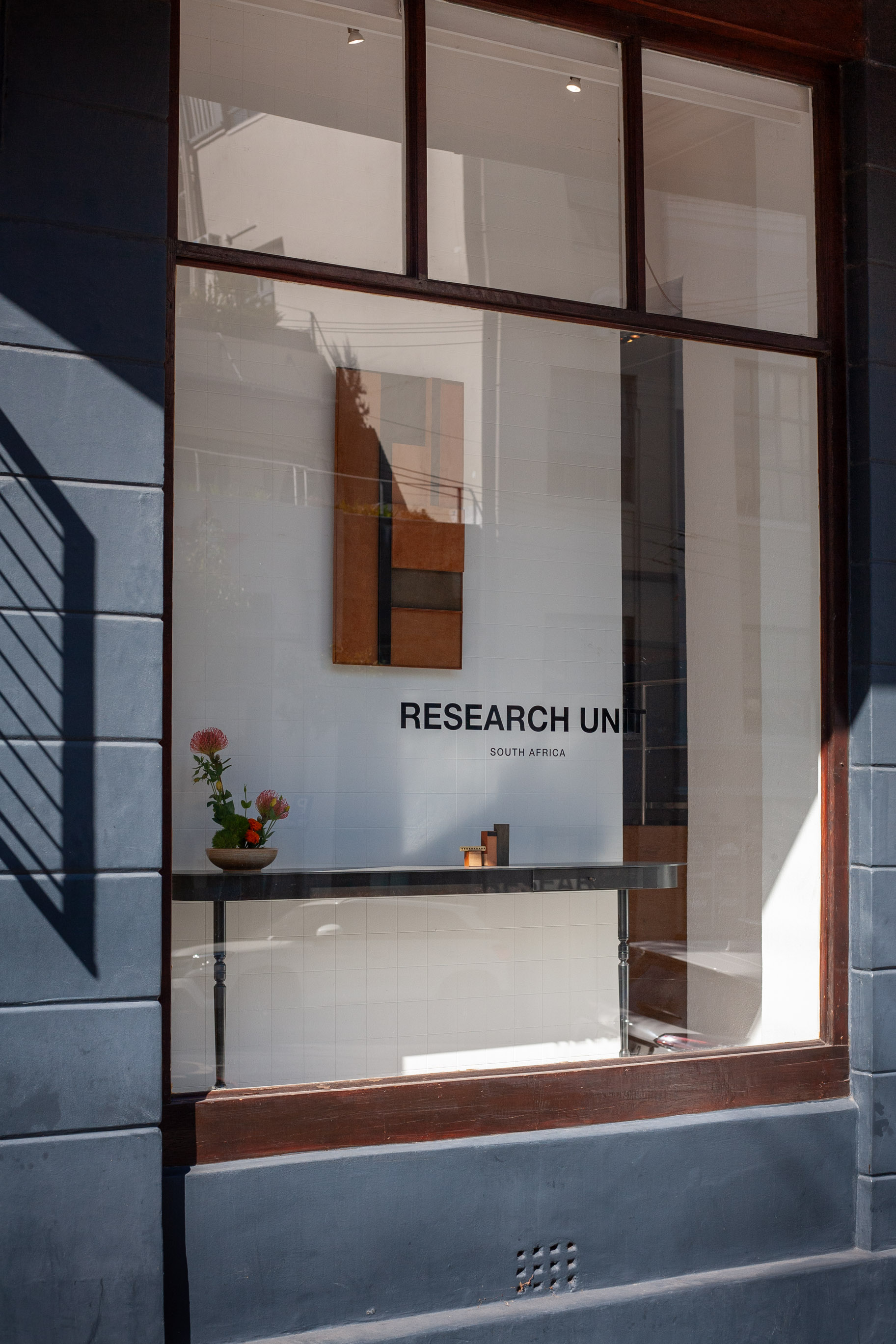
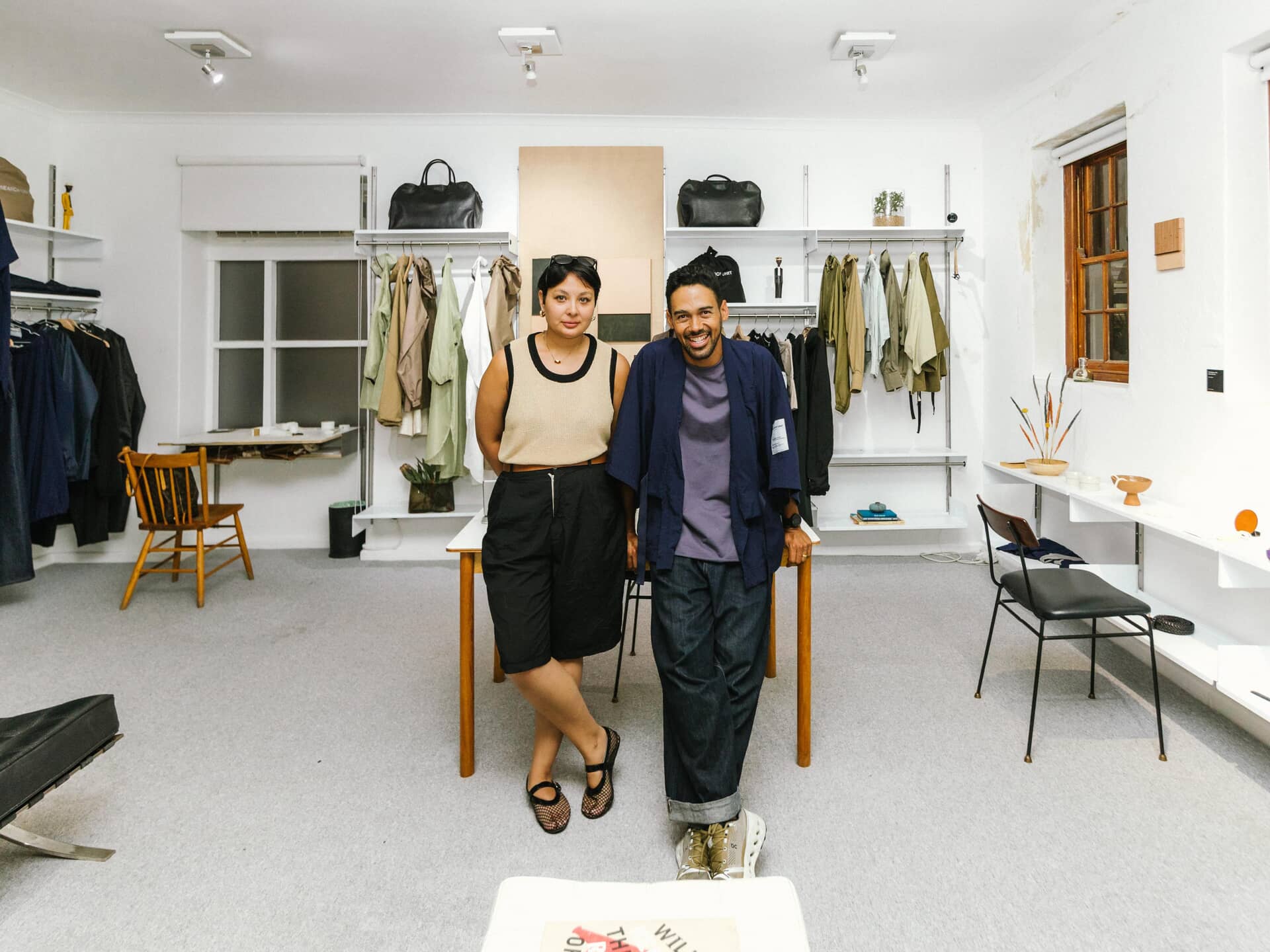
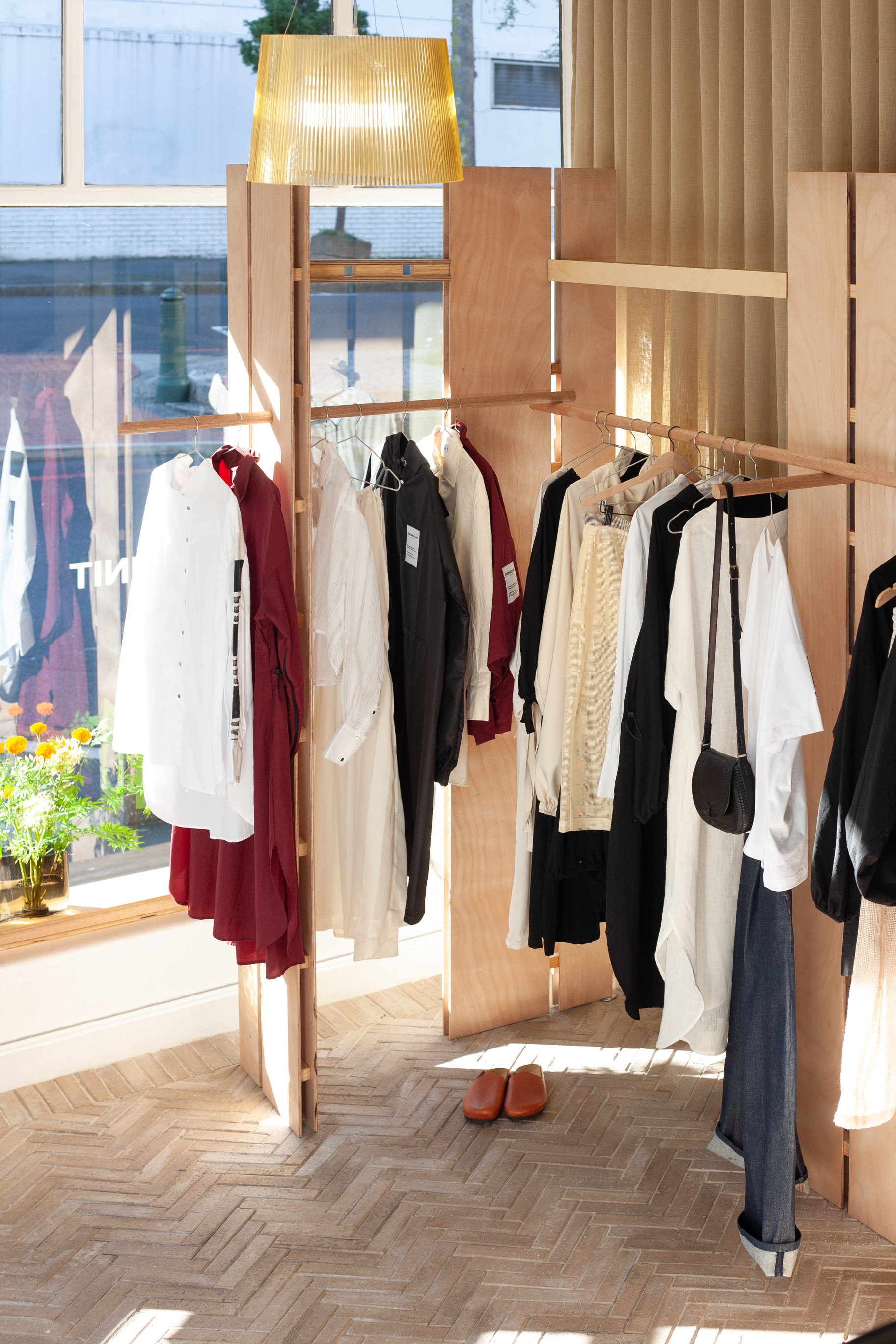
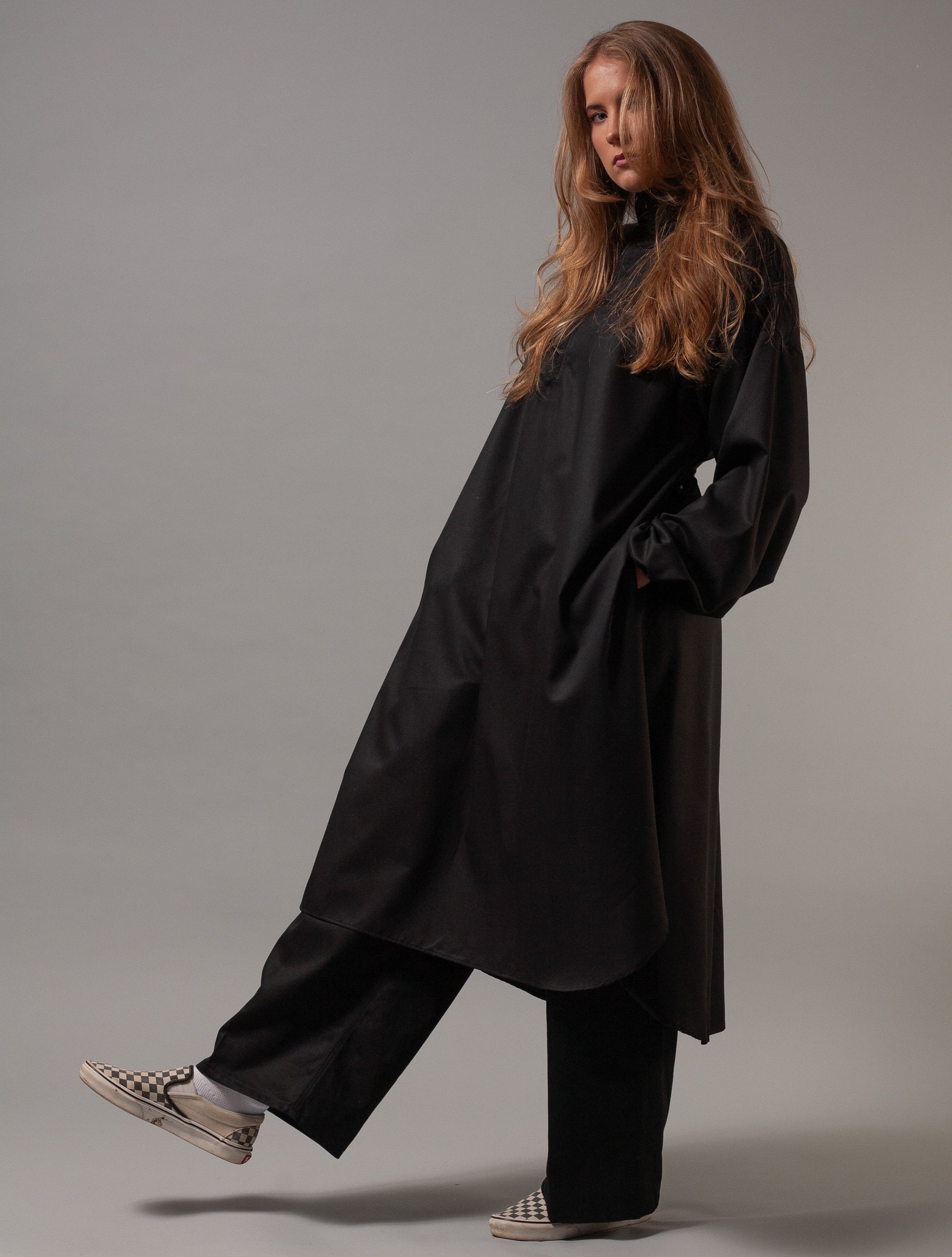
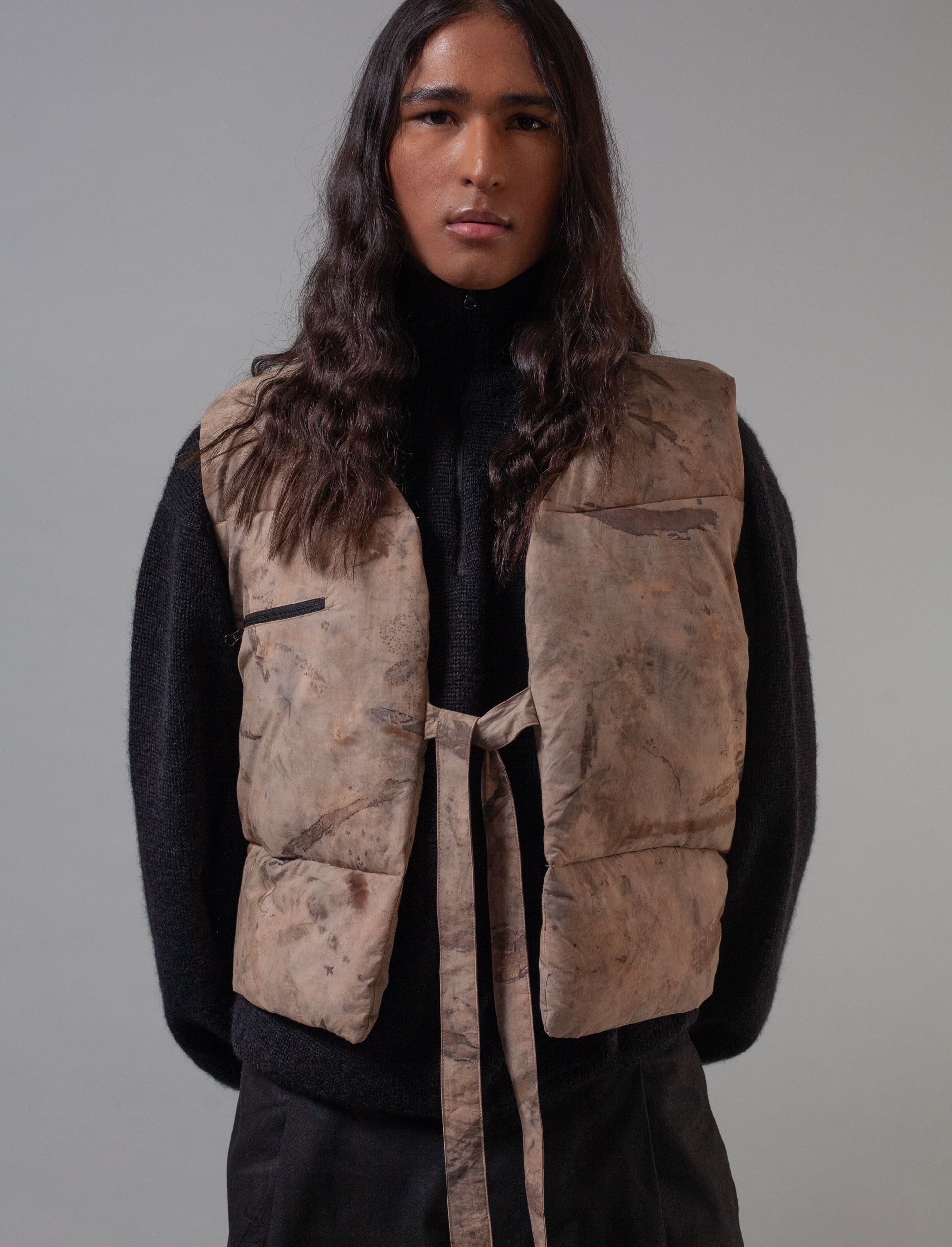
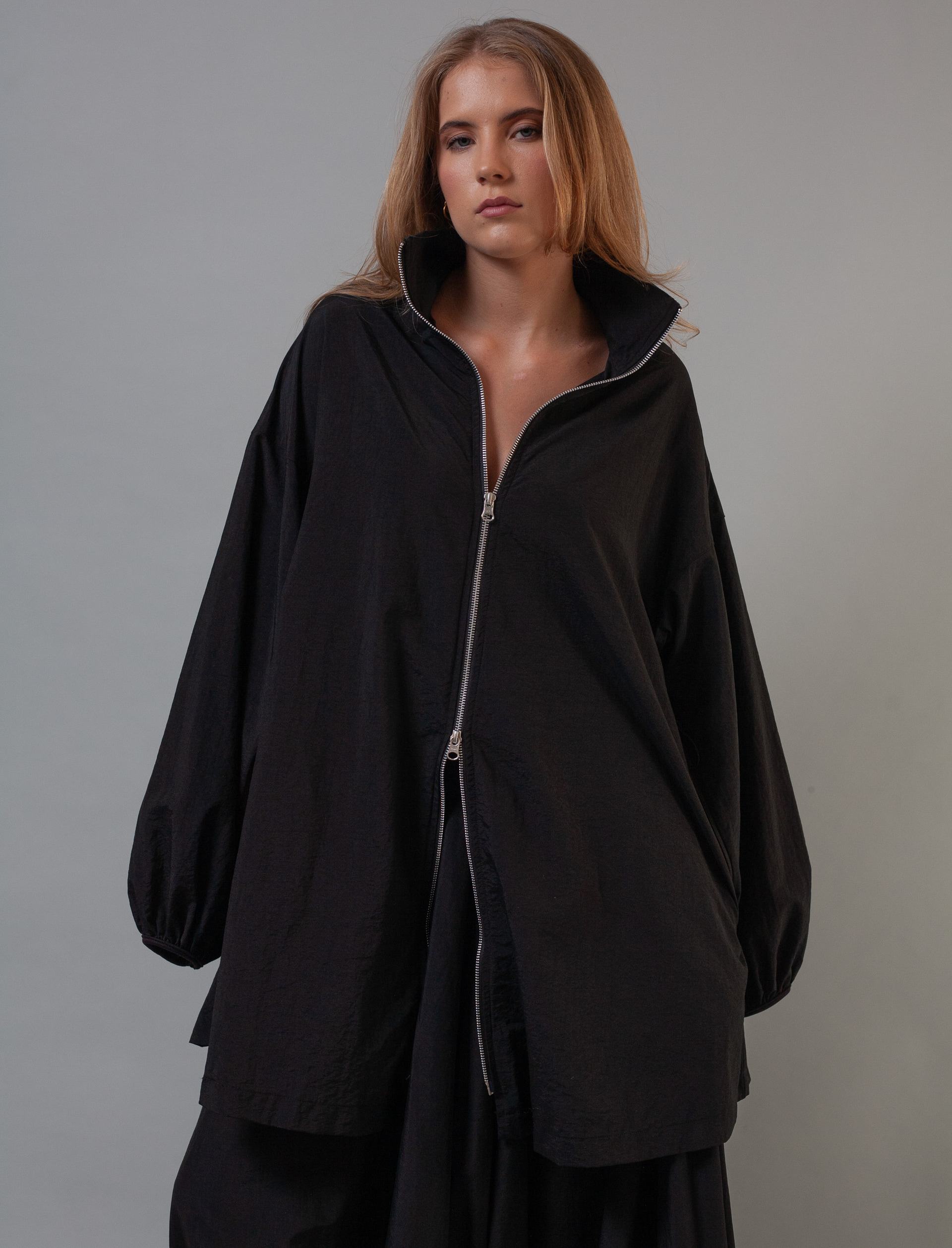
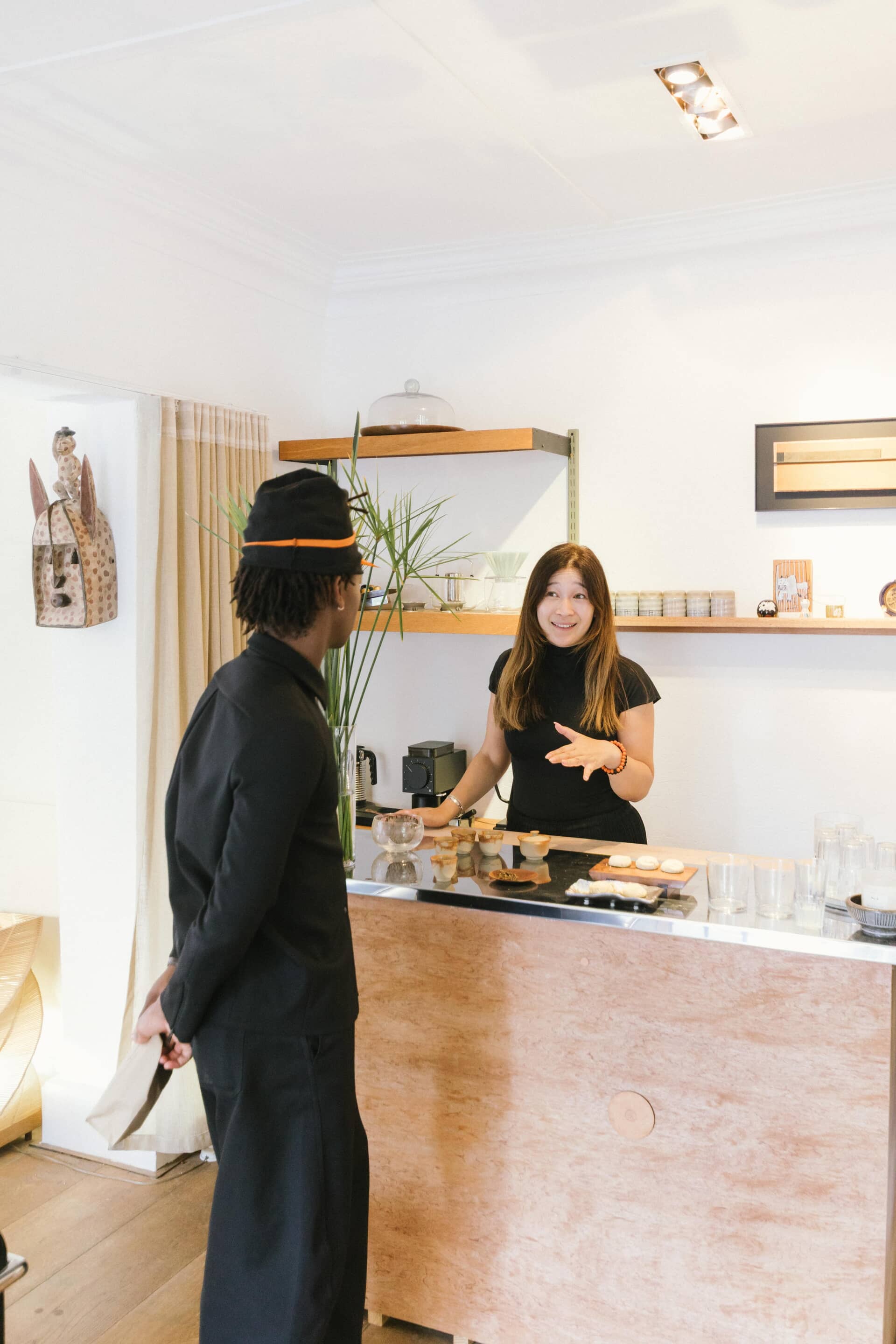
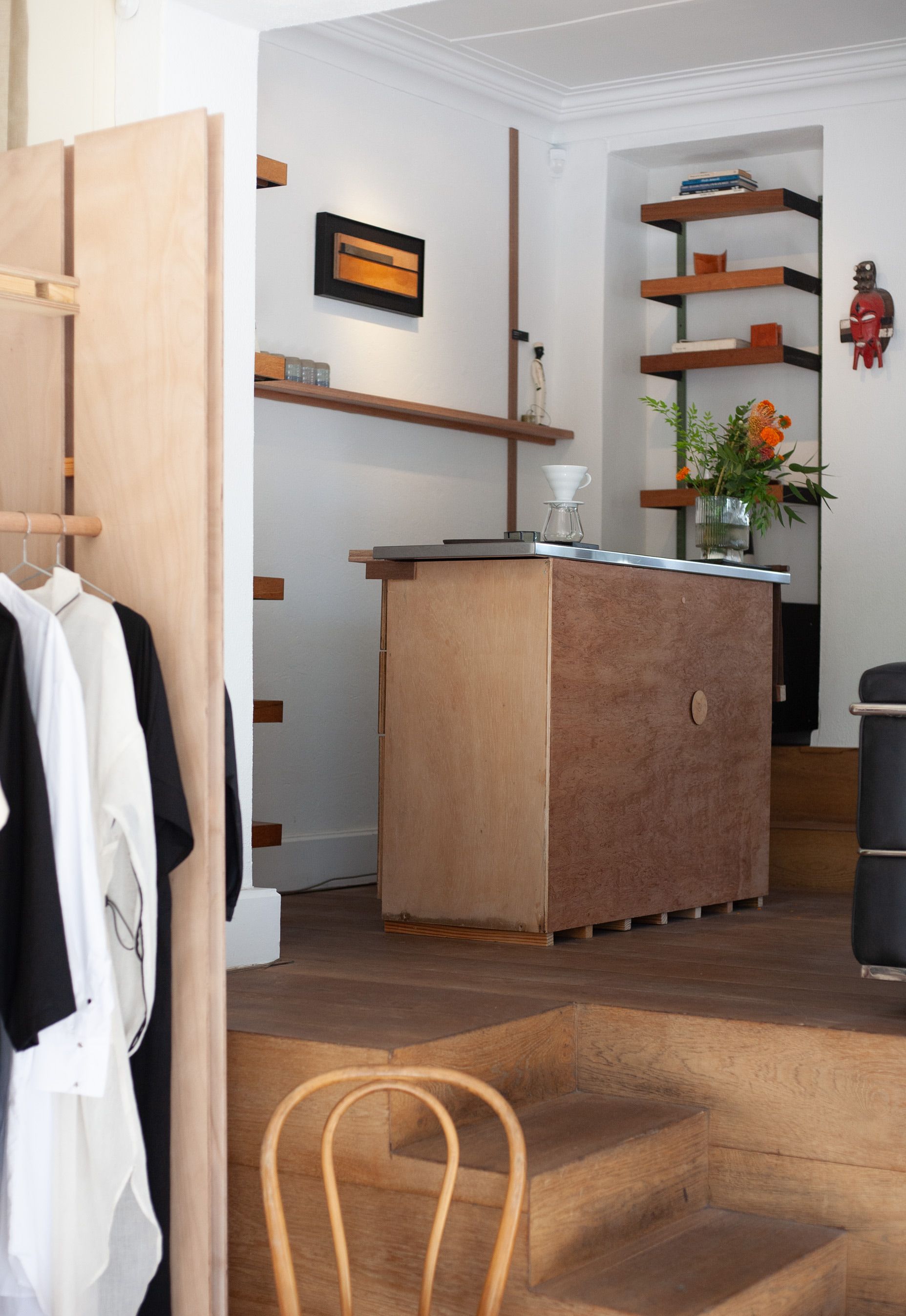
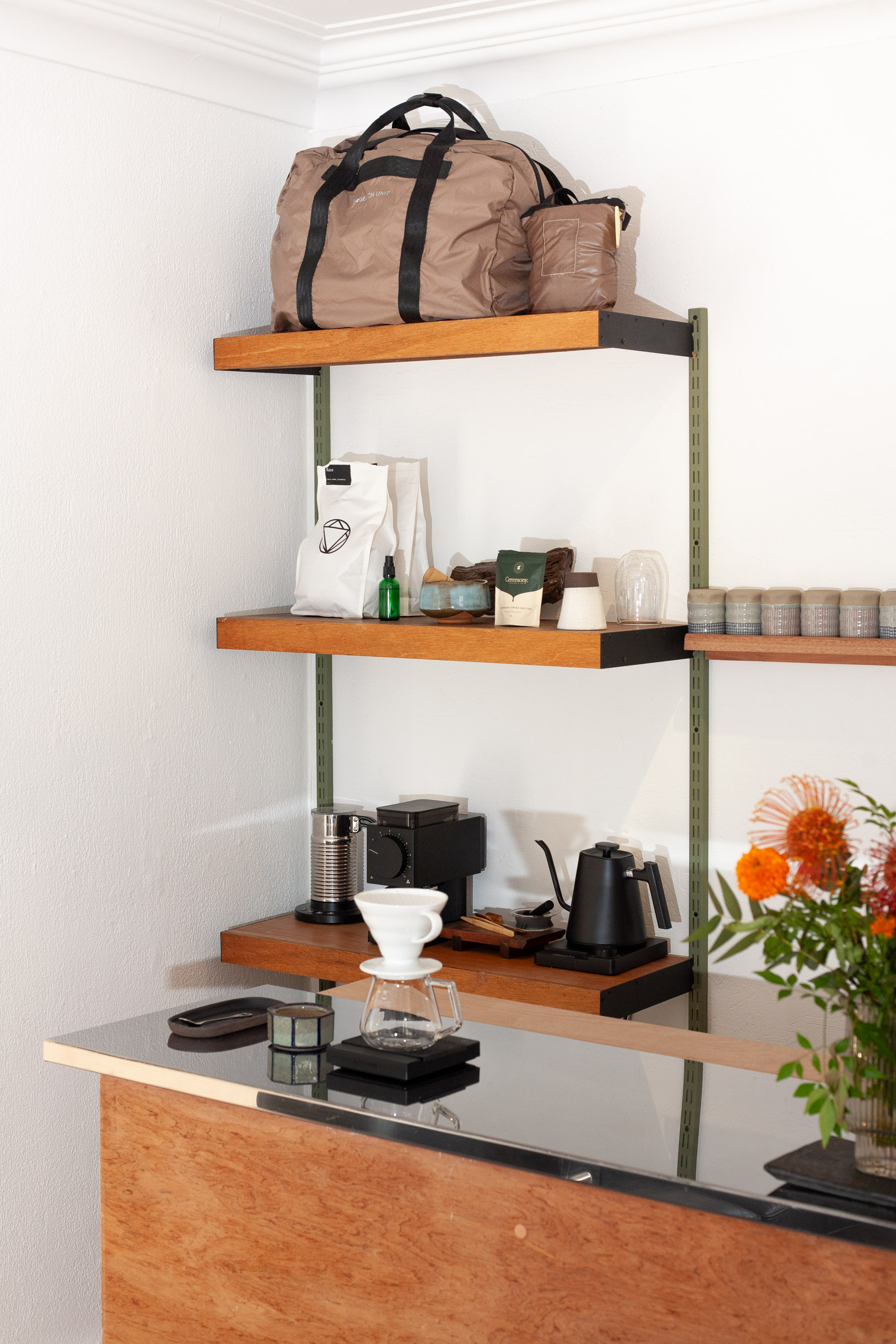
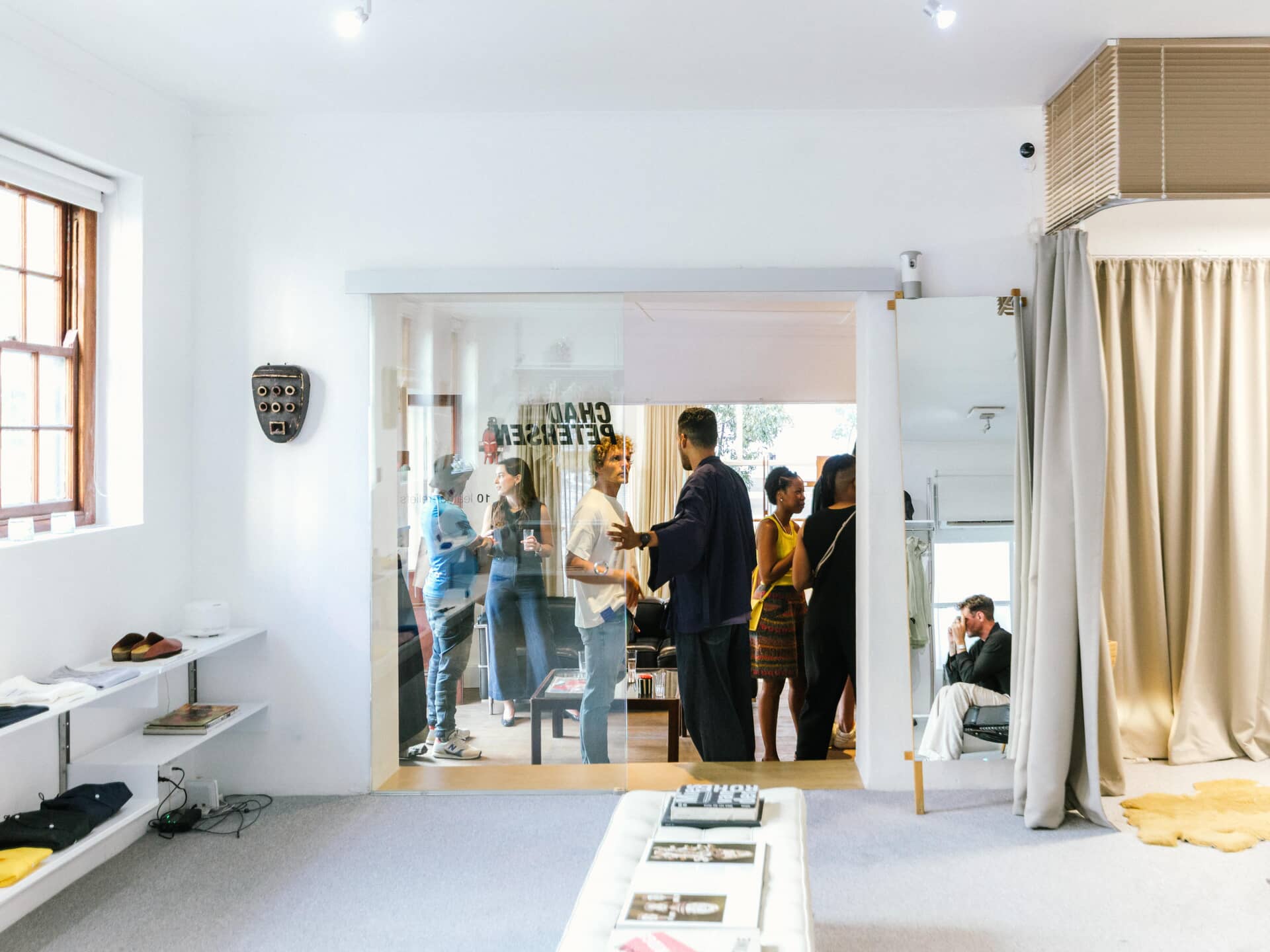
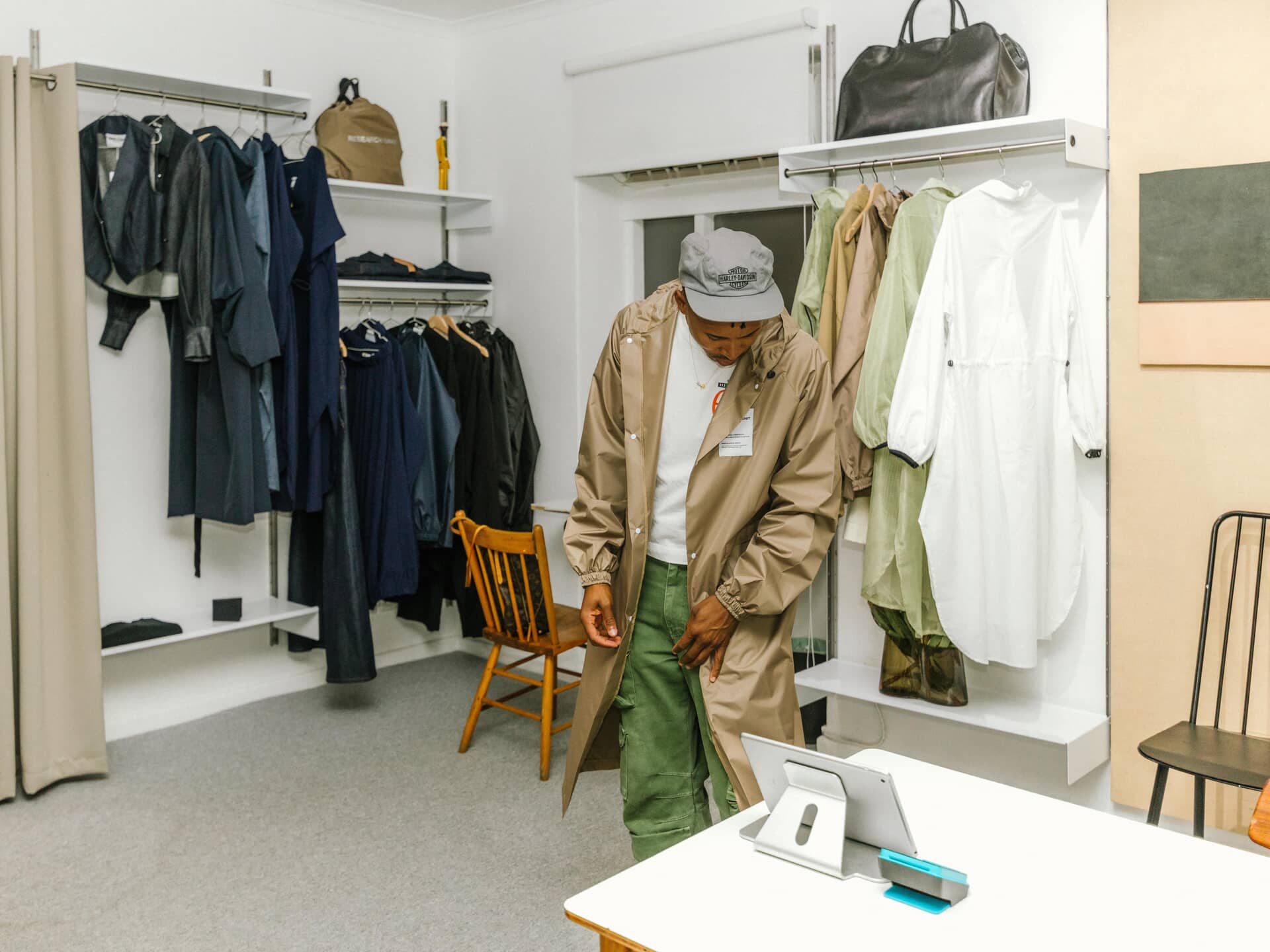
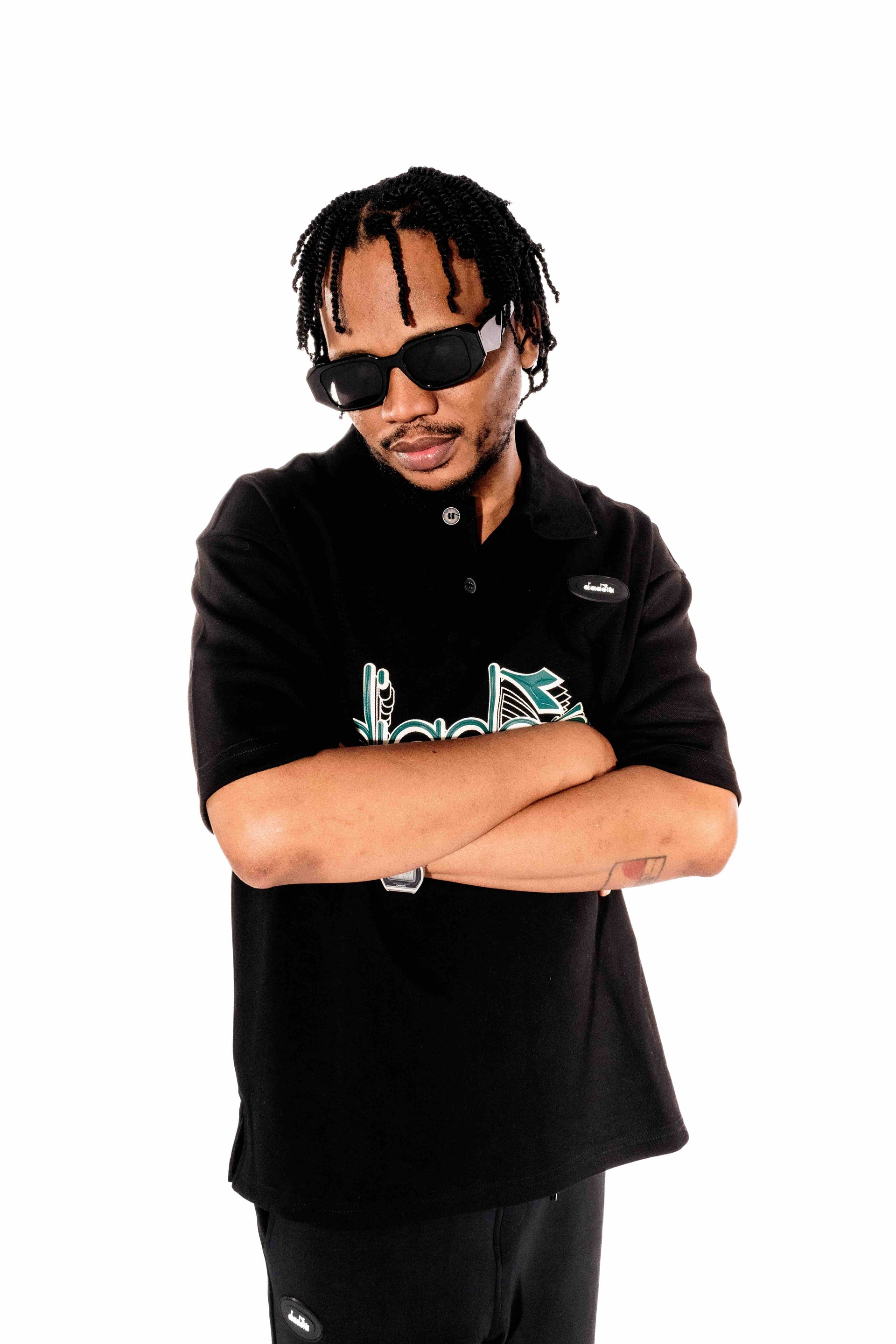
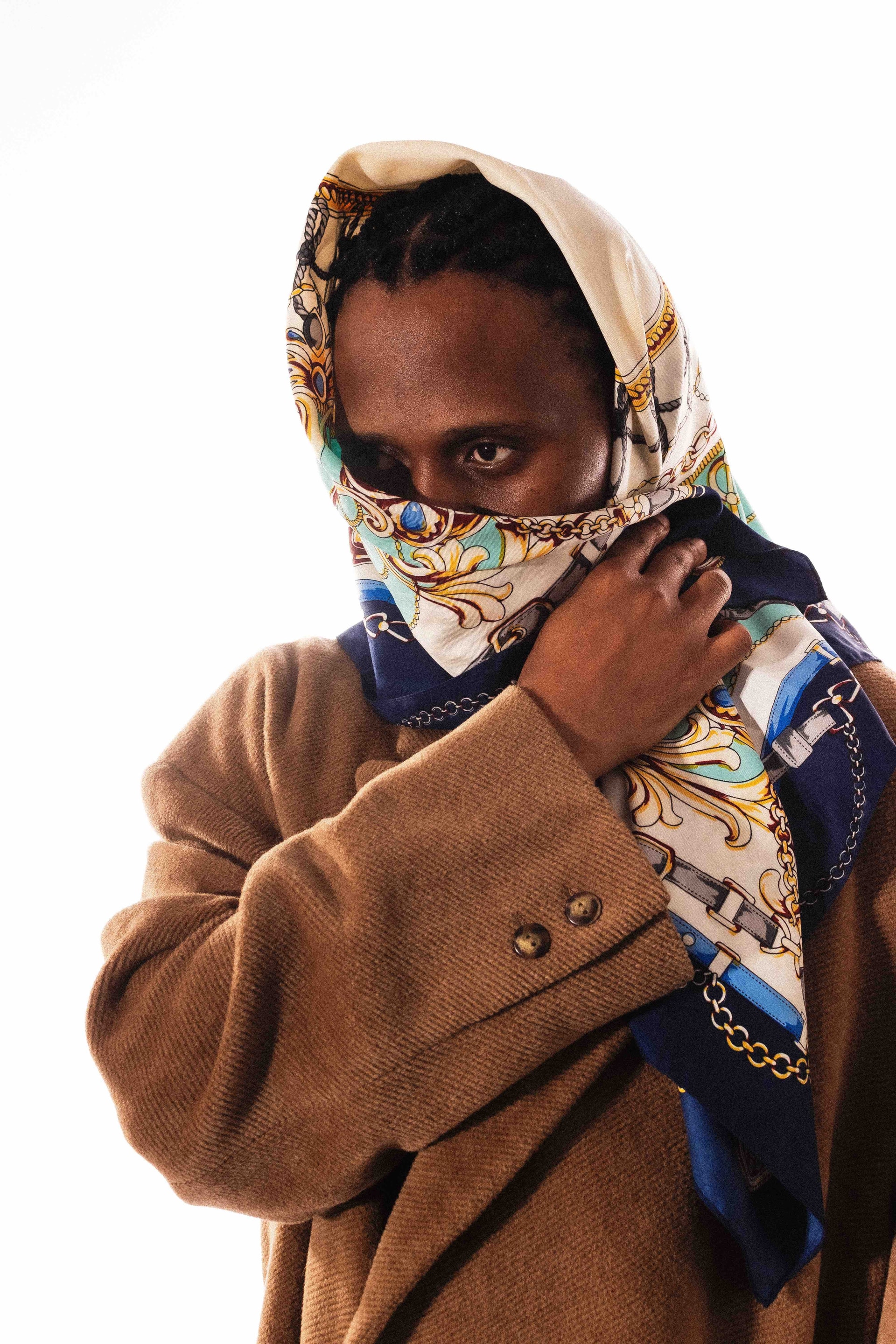
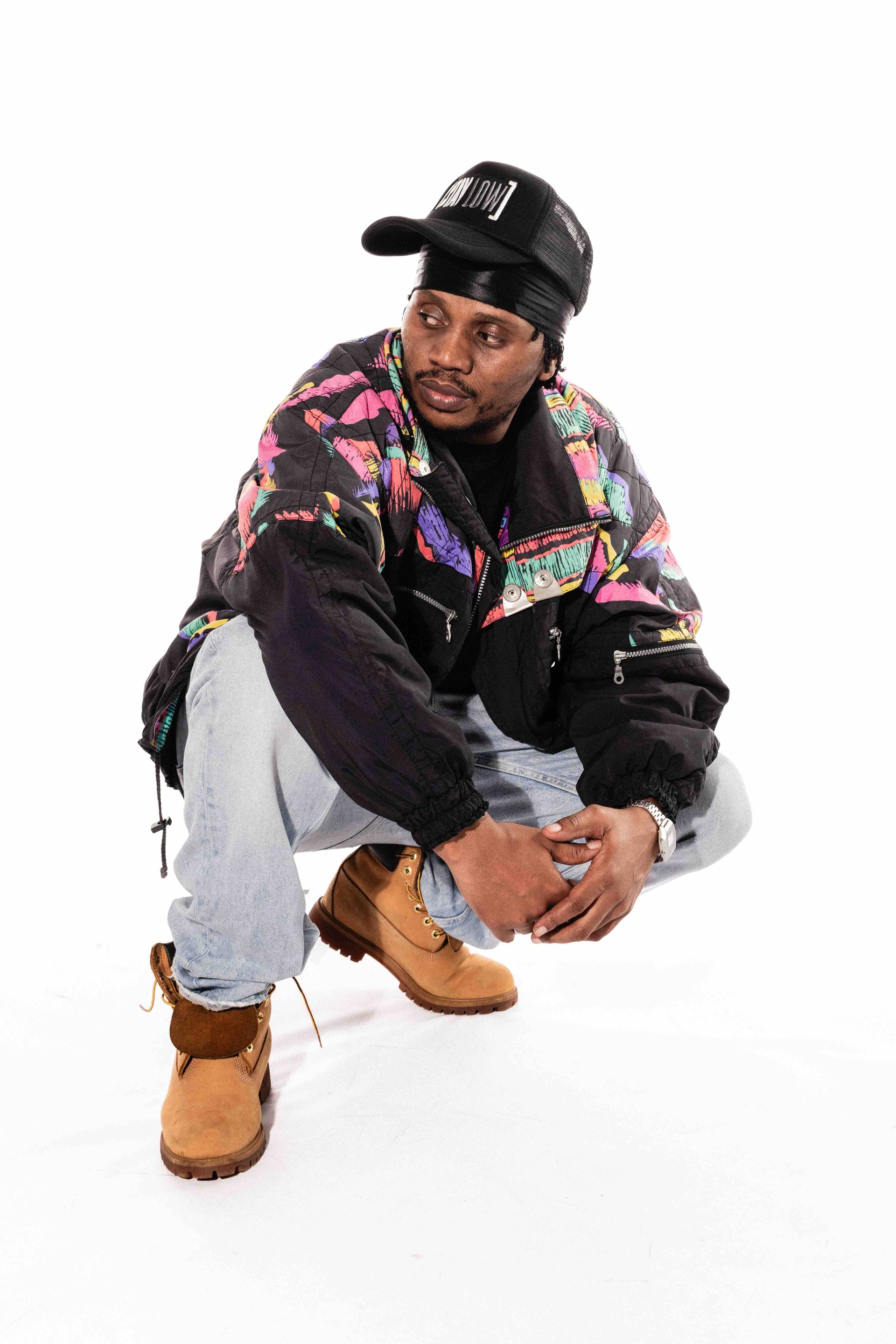

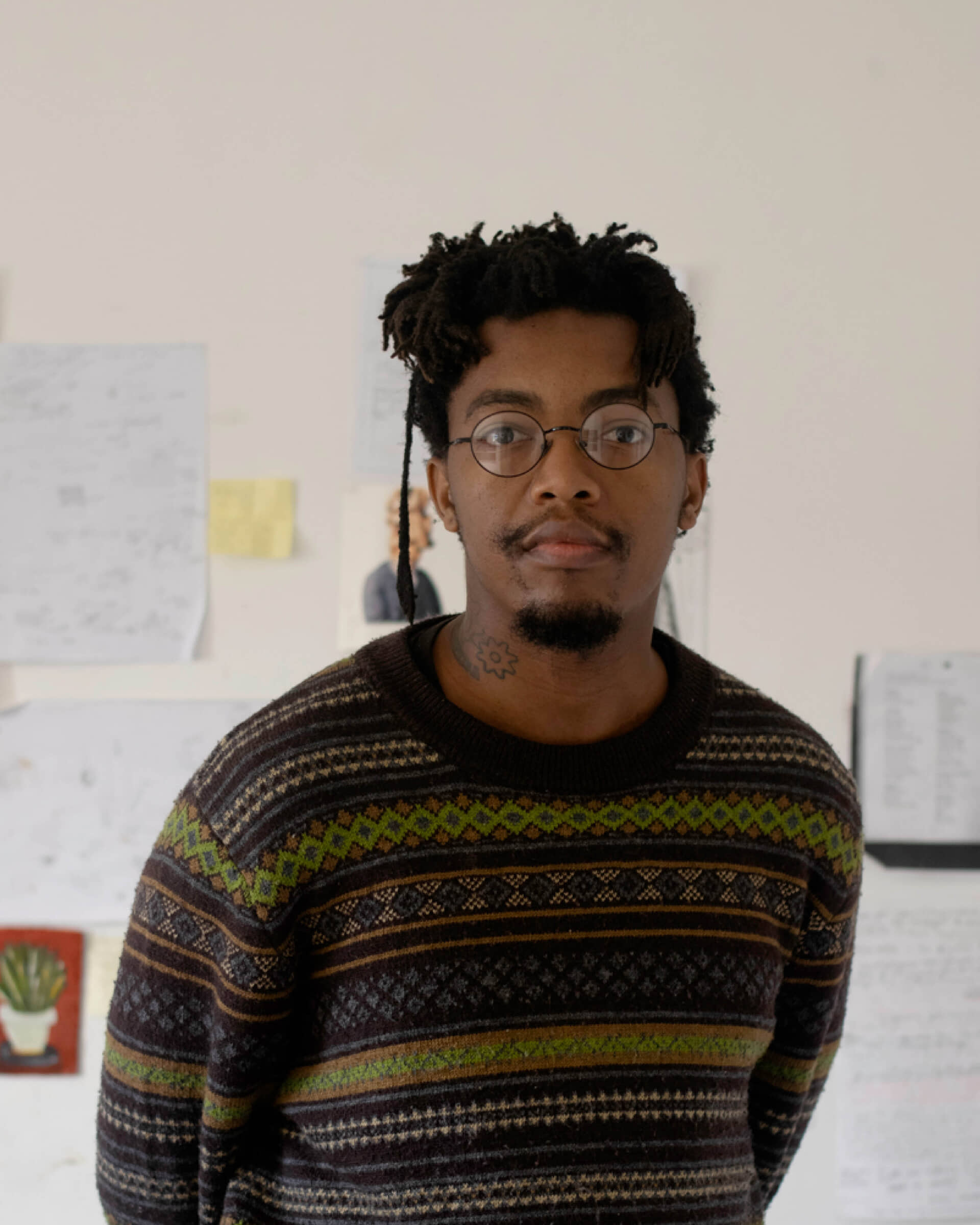
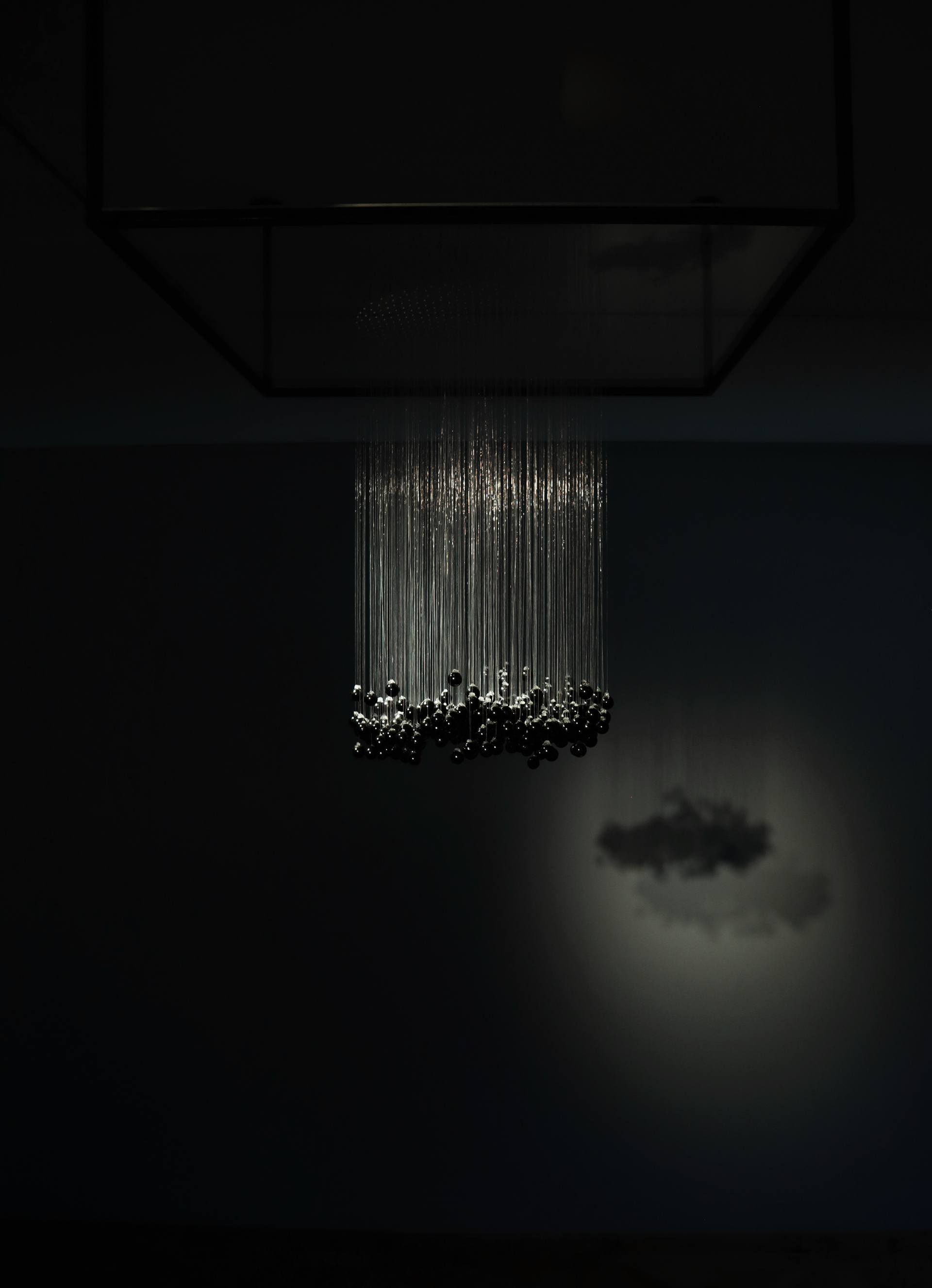
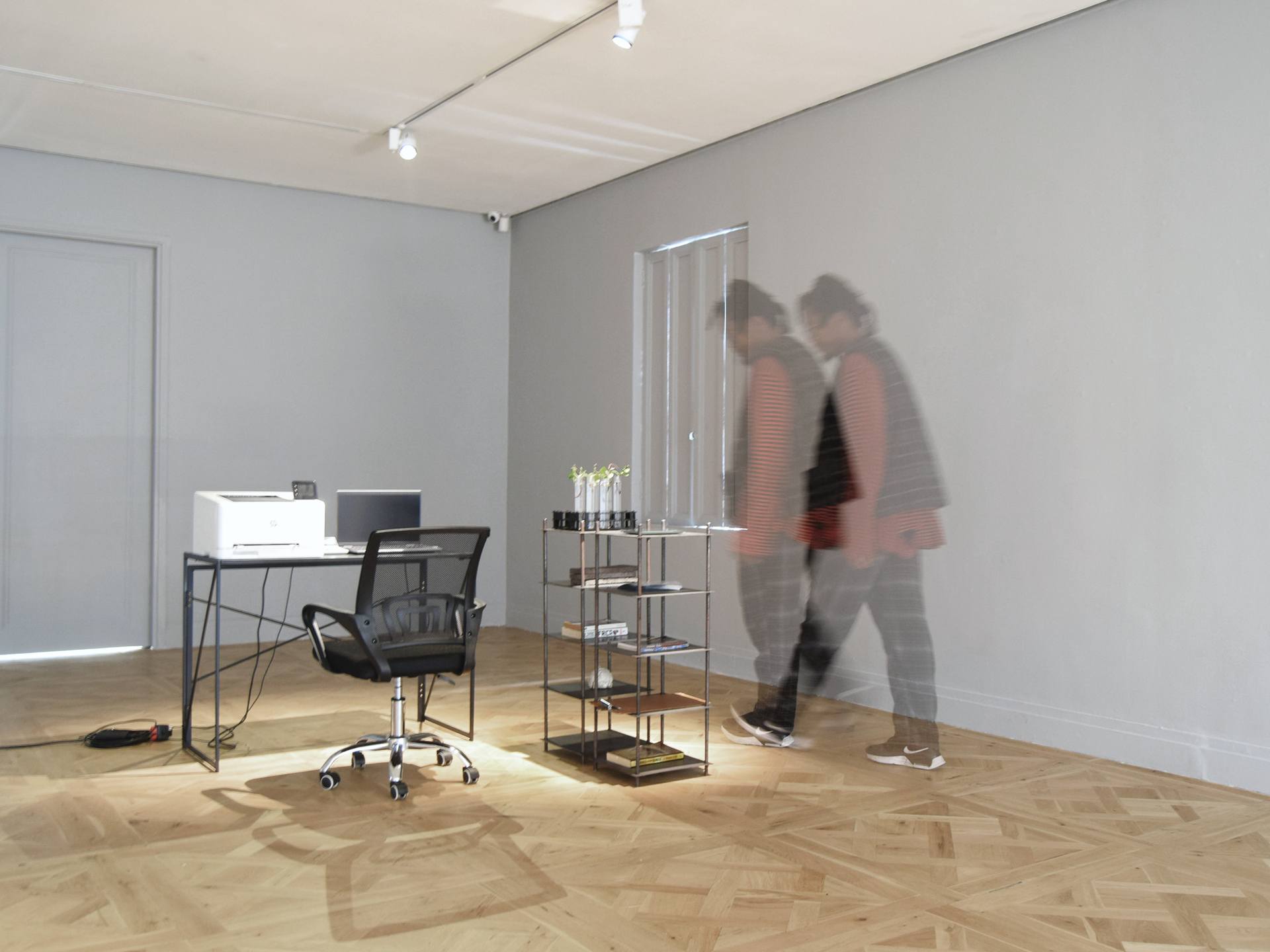
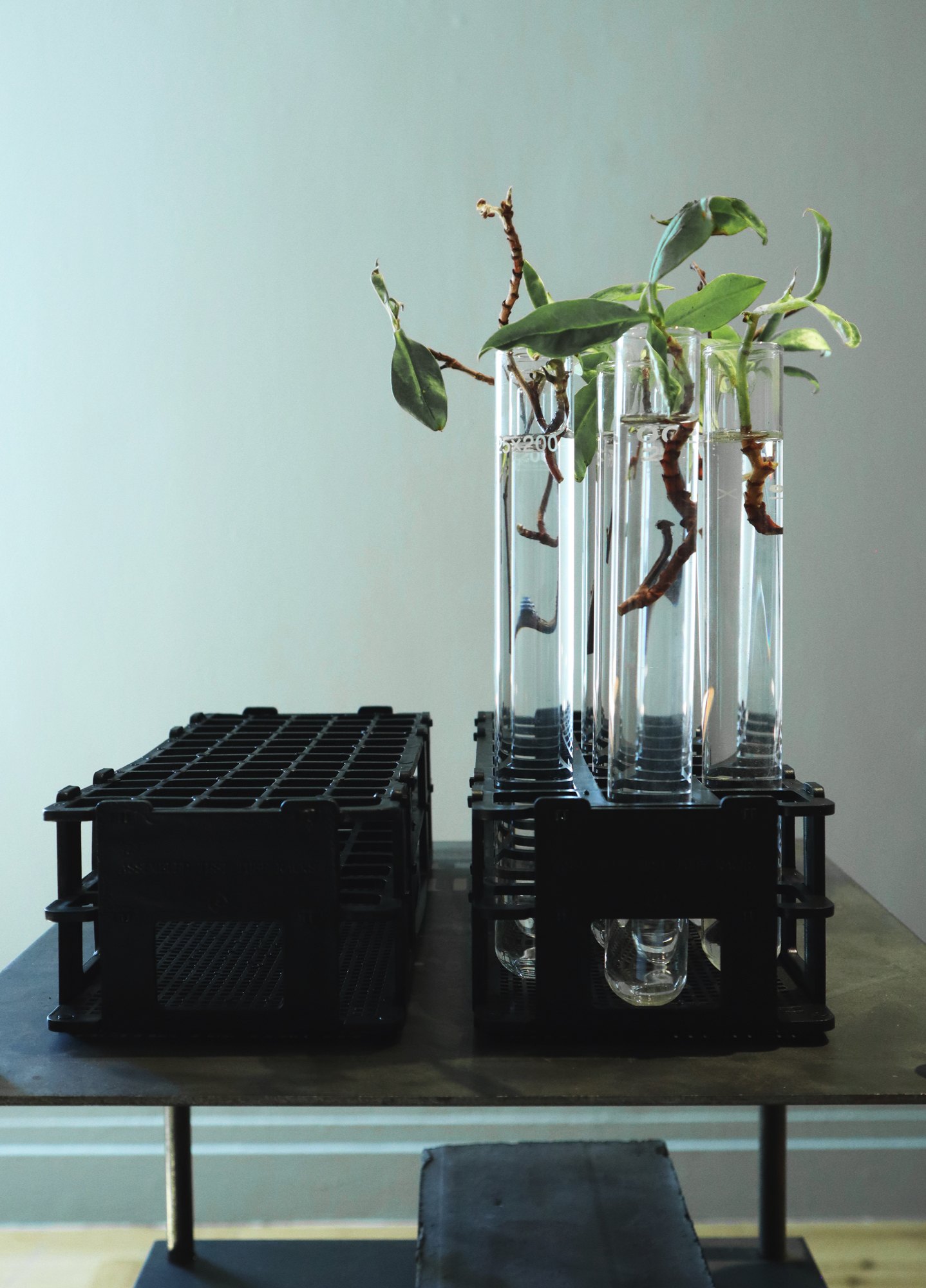


Recent Comments